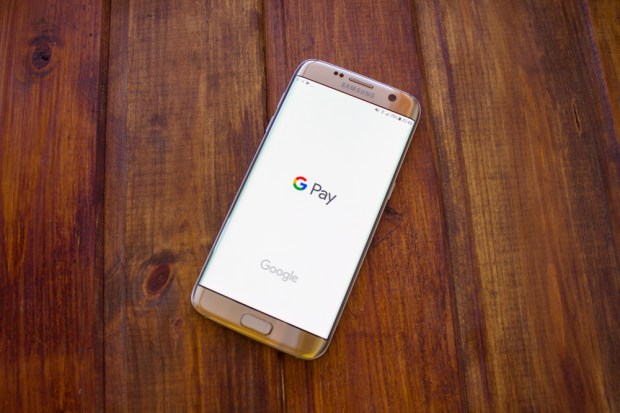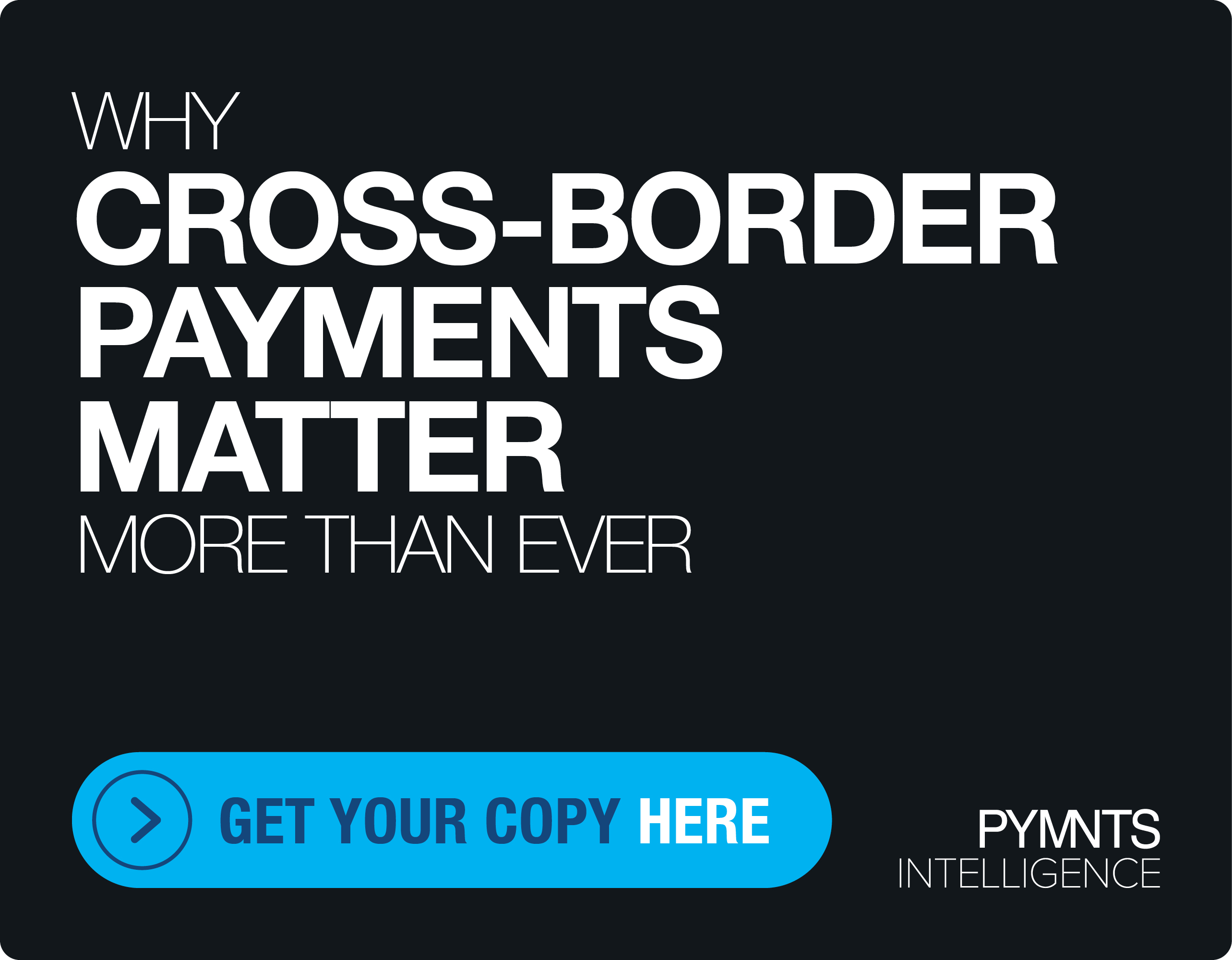Ticketing (Finally) Comes To Google Pay

Since rebranding its various mobile and digital payments efforts under the moniker Google Pay earlier this year, Google has been aggressively introducing new functionality to give its users more reasons to use it.
Yesterday, at Google’s I/O developer conference, another bit of new functionality was announced: The Google Pay mobile wallet will now support tickets.
All tickets.
Airline tickets, movie tickets, concert tickets, Celtics playoff tickets – even tickets bought for groups so they can be kept together. This ticketing upgrade includes lock screen notifications and a messaging field on the actual ticket where users can get live alerts of real-time information that may affect plans the day of the event.
Those updates aren’t coming soon so much as they are coming now – as in this weekend, when Google Pay’s new ticketing powers will be online and ready for public consumption.
Along with this new ticketing capability includes a partnership with digital growth company Urban Airship, which helps businesses like airlines and venues create, distribute and utilize mobile wallet passes – experiences that are already familiar to those with iPhones and Apple Pay wallets.
On the eve of the news going public, Mike Herrick, Urban Airship’s SVP of product and engineering, told Karen Webster that the move is a powerful start toward cracking the code on the mobile wallet ignition.
“You really have to look at what things actually drive consumers to use a mobile wallet if you really want to drive that adoption curve,” Herrick told Webster. “If the goal is to get meaningful adoption for payments, then it all comes down to driving people to open their mobile wallets more regularly, so they are not only aware of them, but are actually open to trying them out more often.”
Ticketing, he noted, one of mobile’s “core functionalities,” is one of those areas – whether it’s for airlines or events – that tends to drive customers to mobile, and to their wallets when available. The proof is in the Apple-pudding; iOS customers, Herrick said, have had the convenience of storing these kinds of passes and tickets to their Apple Wallets for years.
How It Works
The upgrade, Herrick told Webster, adds the same sort of simple click-and-go functionality to digital ticketing that Apple Pay users currently enjoy. The customer books airline travel or a ticket to a show, and then gets an email or text message with an embedded link to their digital ticket. By clicking that link, the customer can send their digital pass directly to the Google Pay wallet, where it can make itself useful.
The ticket need not only be a boarding pass – it can serve as a living travel itinerary that instructs the customer when they can board and when they are scheduled to travel, or even sends useful information about other things nearby, like places to eat.
Digital ticketing was, of course, available to Android customers prior to today’s announcement by Google, but the experience required the Android user to download a specific airline or venues app, or spend a lot of time hunting through emails and text messages to direct the ticket to the appropriate mobile site for access.
The app, Herrick told Webster, is a fine solution if the customer happens to be a regular, loyal customer of whomever is issuing their ticket, as they are likely to already have the app. But if it is an airline or a venue the customer only patronizes once or twice a year, the incentive to take up valuable smartphone real estate with another app really isn’t there. That leaves Android users who want digital ticketing capacity opting for door #2: scrolling through a mobile site while standing in line at the TSA, which is a mobile experience not likely to delight anyone.
“Plus, those app-based and web-based experiences have a problem: Without connectivity, apps and web won’t load at all,” Herrick pointed out. “That gives the user real anxiety when they are standing in line. With this [new capability], when it is sent to the mobile wallet, there is a permanent record. It even appears on the lock screen – it is literally staring at you, and if you tap it, it opens right up.”
As Herrick noted, the data shows that it’s a better ticketing experience that plainly drives revenue. Using airlines as an example, ticket prices are down by 2 percent year-over-year, but with digital ticketing, day-of travel spend has gone up 40 percent.
“And that is thanks to a simple, low-touch wallet experience,” Herrick told Webster.
An experience that venues, ticket aggregators and airlines have more reason than ever to adopt.
Building a Case For Building a Better Experience
Those with tickets and passes to sell, Herrick told Webster, don’t really need to be sold on the virtue of putting those passes into a consumer’s mobile wallet. They understand that they are essentially getting a private communication channel with the customer, and an opportunity to perhaps convert them to new and better experiences using that ticket as an interactive platform.
The problem, he noted, is that it’s hard to sell some businesses on the idea of investing the time, manpower and resources into pushing out digital wallet passes with a firm like Urban Airship, when more than half of the smartphone ecosystems are unable to store and efficiently use those kinds of tickets or passes.
“One of the barriers we have with mobile wallet ticketing – despite seeing growth across mobile wallets – is that this access was only ubiquitous across one of the two dominant mobile platforms,” Herrick said. “Our customers want to reach all of their customers with their offerings – not just the ones that use iOS. What we heard was that our customers wanted to do it, but not until they could do it universally.”
With Google’s announcement, he noted, that real ubiquity is there – serving as a springboard to other mobile wallet functionality.
The “Fat Wallet” Future of Mobile
Passes and tickets, Herrick told Webster, have more uses than meets the eye. One client used their passes as a means to lead their customers on a scavenger hunt, using pass updates to feed them clues. The Body Shop, Herrick noted, used their passes to update customers on a brand-wide fundraising campaign to prevent cruelty to animals.
At sporting events and on airline tickets, the messaging function allows digital tickets to push messages to holders about where to eat or where to buy that toothbrush they forgot to pack, and also keeps them updated on offers connected to their tickets.
“It really allows the ticket to become more than a pass of entry, and instead evolve into a useful guide to where you’ve been given entry,” Herrick said. “That offers the customers a better, faster experience, and creates habituation back to the wallet itself. It makes the customer much more likely to view that wallet as a repository for all things useful to them.”
Those are all things that Herrick said drives “day-of” sales, which can be a boon for sellers who have seen ticket prices notch down about 2 percent over the last year. The ability to use the digital ticket as a platform for enabling revenue-driving offers also drives the top line. Issuing digital tickets also helps the cost side of the bottom line by reducing the need to issue paper tickets, and reduces the fraud associated with lost and/or stolen tickets.
In the 90s, Herrick noted, trying to use a physical wallet that way – by stuffing it with cards and such – was a good way to end up with what Seinfeld’s George Costanza referred to as the fat wallet, which no longer fits in standard pants pockets.
“Now, our mobile wallets can be that fat wallet without hurting your back,” says Herrick.
